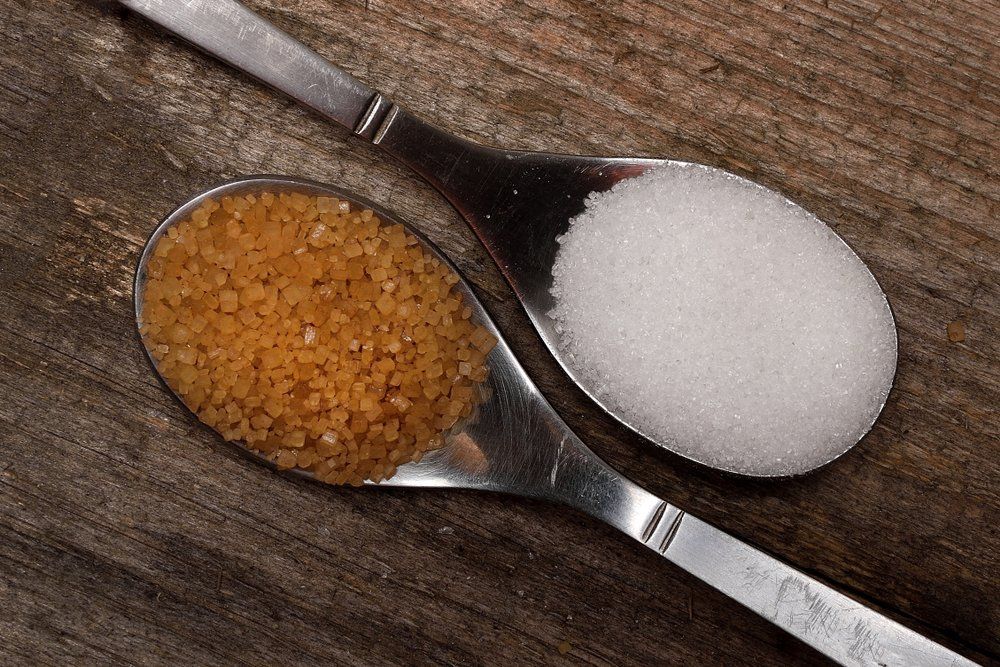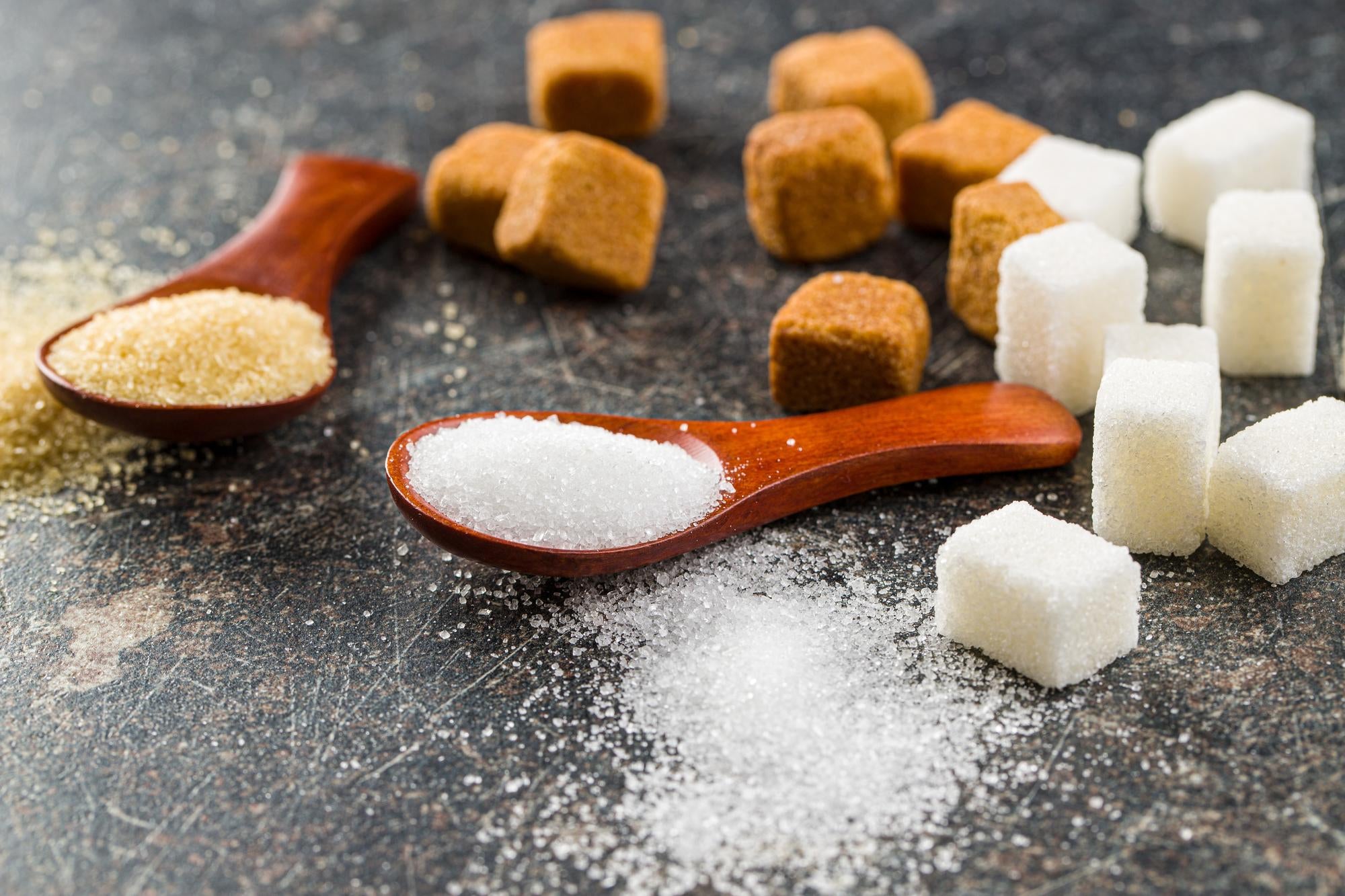The agricultural practices for beet sugar vs cane sugar contribute to differences in production scale.
The agricultural practices for beet sugar vs cane sugar contribute to differences in production scale.
Blog Article
Discover the Uses and Conveniences of Beet Sugar Vs Cane Sugar in Your Daily Diet Regimen
Checking out the distinctive qualities of beet and cane sugar discloses even more than just their sweetening abilities; it highlights their special impacts on health and culinary arts. Beet sugar, known for its subtle taste, is commonly preferred in delicate desserts, whereas cane sugar, with its tip of molasses, adds splendor to robust dishes. Each kind holds its very own dietary profile and glycemic ramifications, inviting a deeper understanding of their duties in a well balanced diet regimen and lasting consumption techniques.
Beginning and Manufacturing Procedures of Beet and Cane Sugar

The unique environments and dirt types required for expanding sugar beetroots and sugarcane contribute to differences in their growing practices and geographical circulation, influencing the business economics and sustainability of their manufacturing. beet sugar vs cane sugar.
Nutritional Comparison In Between Beet Sugar and Cane Sugar
Despite originating from various plants, beet sugar and cane sugar are nutritionally very similar, both mostly including sucrose. Each supplies about 4 calories per gram, equating to about 16 calories per teaspoon. Structurally, both sugars are made up of approximately 99.95% sucrose, with very little quantities of other materials like wetness and trace element, which do not considerably modify their nutritional profiles.

Inevitably, when choosing between beet sugar and cane sugar based on nutritional material alone, both deal similar advantages and downsides as they are basically forms of the same molecule-- sucrose, offering quick energy without other nutrients.
Influence On Health And Wellness: Glycemic Index and Caloric Content
Checking out further right into the results of beet sugar and cane sugar on wellness, it is vital to consider their glycemic index and calorie material. Both sugars are categorized as sucrose, which contains sugar and fructose. This make-up leads them to have a similar effect on blood glucose levels. The glycemic index (GI) of both beet and cane sugar is around 65, classifying them as high-GI foods, which can create fast spikes in blood sugar degrees. This is a crucial aspect for people handling diabetes mellitus or those trying to maintain their power degrees throughout the day.
Each type of sugar contains about 4 calories per gram, making their caloric content matching. For those keeping an eye on caloric consumption, go to these guys specifically when managing weight sites or metabolic wellness conditions, recognizing this equivalence is vital (beet sugar vs cane sugar). Nonetheless, excessive intake of any high-calorie, high-GI food can add to wellness problems such as excessive weight, cardiovascular disease, and insulin resistance.
Environmental and Economic Considerations of Sugar Manufacturing
Beyond health and wellness impacts, the manufacturing of beet and cane sugar likewise increases significant ecological and financial issues. Sugar beet cultivation often tends to require cooler environments and has a reduced geographical impact contrasted to sugar cane, which thrives in exotic regions. However, both plants are intensive in regards to water use and land occupation, potentially bring about logging and water deficiency. Economically, the global sugar market is very unpredictable, affected by modifications in international profession policies and subsidies. Several countries incentivize sugar manufacturing with financial backing, skewing market rates and affecting small-scale farmers negatively.
In addition, Get More Information making use of pesticides and plant foods in both beet and cane sugar cultivation can cause dirt deterioration and pollution, further affecting biodiversity and neighborhood water bodies (beet sugar vs cane sugar). The choice in between cultivating sugar beet or cane often depends upon local ecological problems and economic factors, making the sustainability of sugar manufacturing a complex problem
Culinary Applications and Flavor Distinctions
While the ecological and economic aspects of sugar production are undoubtedly significant, the choice between beet and cane sugar additionally affects cooking applications and flavor accounts. Beet sugar, derived from the sugar beet plant, is recognized for its remarkably neutral preference.
Cane sugar, drawn out from sugarcane, frequently maintains molasses traces, which give a distinct splendor and deepness. The slight variation in moisture content between beet and cane sugar can affect the appearance and uniformity of meals, making cane sugar a recommended selection for details dishes that profit from its one-of-a-kind residential or commercial properties.

Verdict
To conclude, both beet and cane sugar have unique beginnings and production processes, offering comparable dietary profiles with small differences in salt web content and taste. While their influence on health, particularly regarding glycemic index and calories, is equivalent, the option between them frequently boils down to ecological, economic elements, and specific cooking requirements. Recognizing these elements can guide customers in making educated decisions that align with their health objectives and flavor preferences.
Report this page